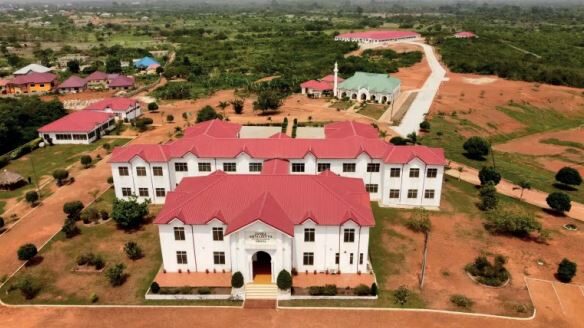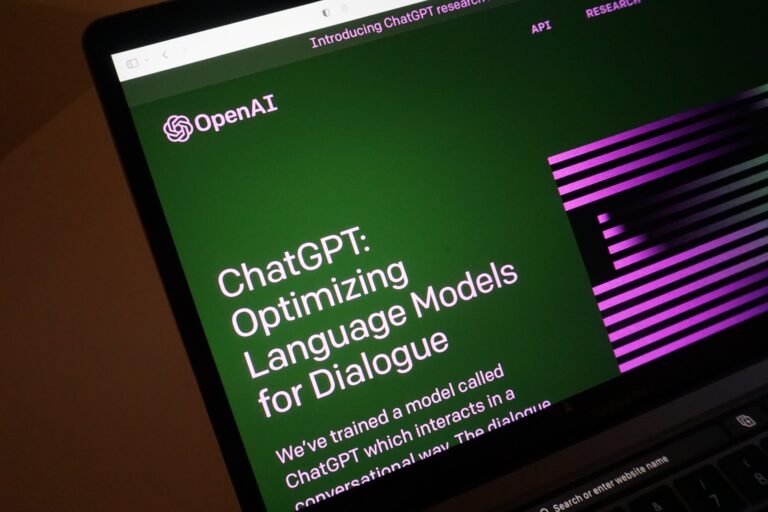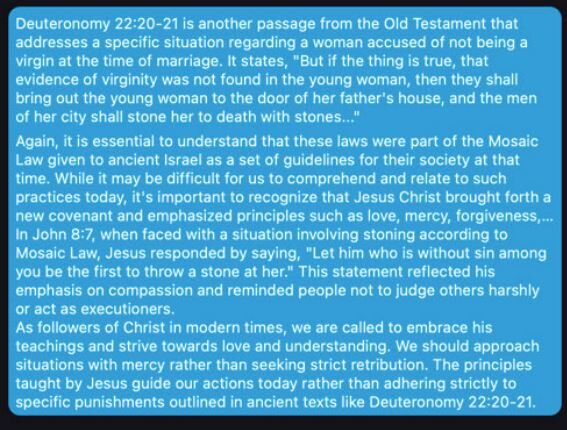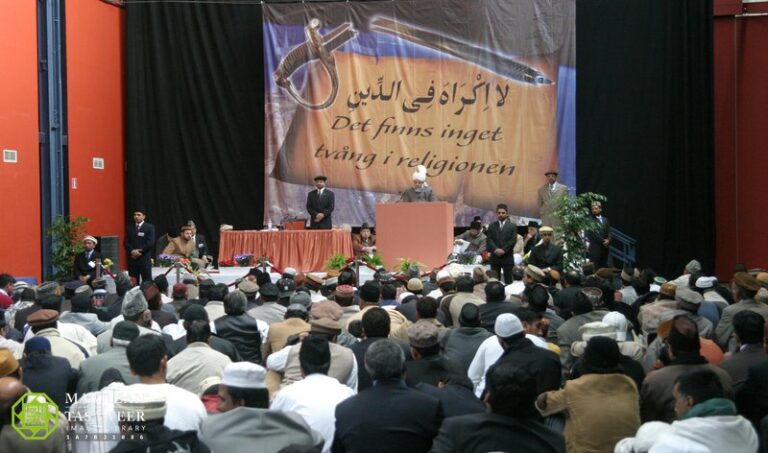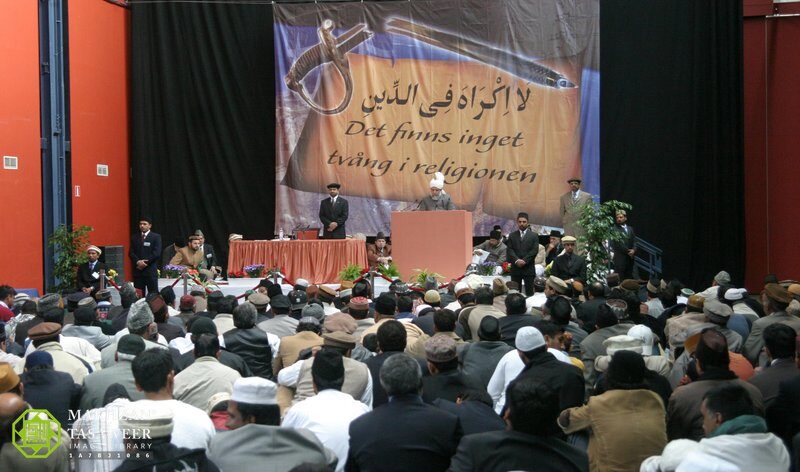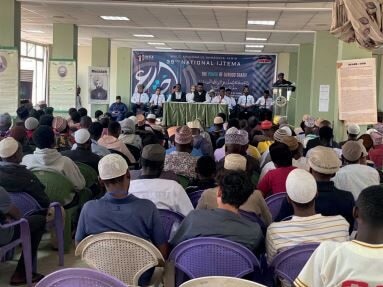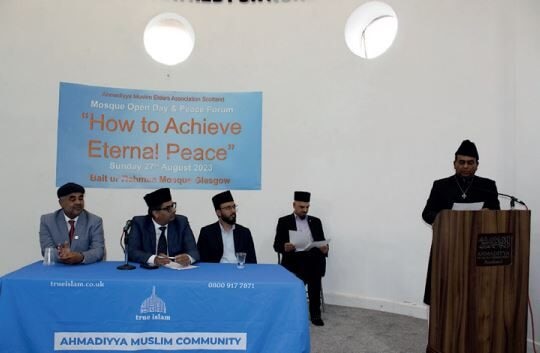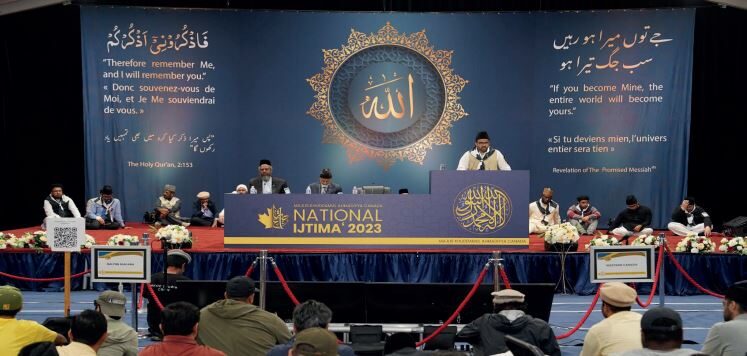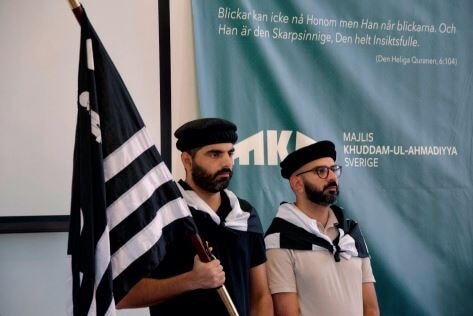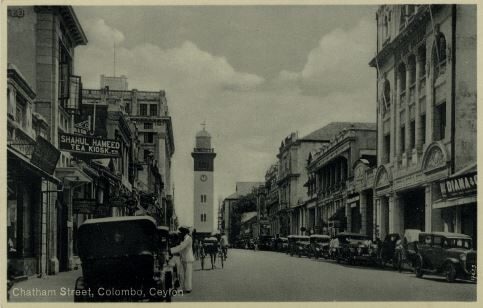Saleeq Ahmad Naik, Missionary, Qadian, India
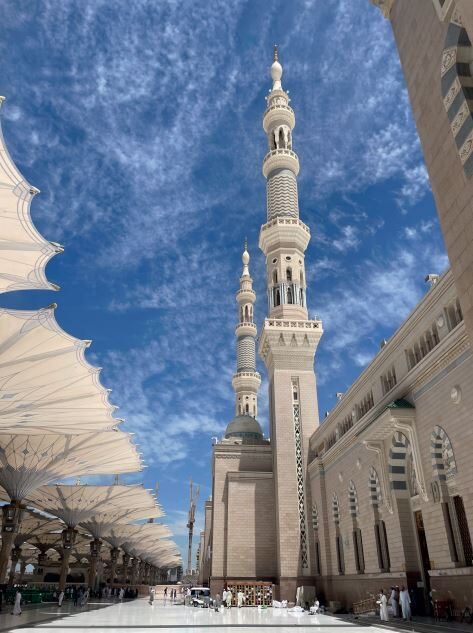
Conflicts and disputes are an inescapable part of human social life. The prevailing modern view, often perpetuated by atheists, erroneously singles out religion, especially Islam, as the sole cause of societal conflict and discord.
Quite the opposite is true; from domestic squabbles to catastrophic world wars, Islam, being the perfect and complete code of life, provides impressive and striking principles. All Islamic teachings constitute peace-building principles, which provide guidance for maintaining the inner peace of an individual as well as the peace of society as a whole. The Holy Quran and the sayings of the Holy Prophet Muhammadsa are replete with the agenda of sustainable peace.
Let us look at history to find examples of how the Holy Prophetsa promoted peace and solved conflicts.
The Holy Prophetsa of Islam has fabulously exemplified the salient principles of the Holy Quran in this regard in a pragmatic manner. He settled numerous discords with utmost wisdom and deep insight. These include family conflicts, cultural conflicts, communal conflicts, religious conflicts, etc. Even before the claim of his prophethood, he was known for his discerning sagacity and peace-loving disposition.
Hilful Fuzul – Confederacy of Peace
The Meccans were involved for years in an intermittent and sacrilegious war known as Harb al-Fijar.(Martin Lings (1983), Muhammad: His Life based on the Earliest Sources, pp. 31-32)
Following this, a few clans of Mecca gathered and formulated the pact for the establishment of peace and suppressing injustice. The Holy Prophetsa also joined in this agreement for the protection of human rights, availing justice to the oppressed and vindicating the rights of the weak. This treaty was also aimed at settling disagreements and eliminating internal divisions. The pact was given the name Hilful Fuzul.(The Life & Character of the Seal of Prophets, Vol. 1, p 145)
Regarding this, the Holy Prophetsa himself once said during the time of his prophethood:
“Certainly, I had witnessed a pact of justice in the house of Abdullah ibn Judan that was more beloved to me than a herd of red camels. If I were called to it now in the time of Islam, I would answer it.” (Sunan al-Kubra, Al-Bayhaqi: 12859)
This clearly shows the peaceful nature of the Holy Prophetsa, highlighting how he consistently worked to reduce tensions and conflicts in society, putting in tremendous effort to create an atmosphere of peace and tranquillity.
Incredible way out of an insoluble wrangle
When we further flip through the pages of history, we find the remarkable incident that took place during the reconstruction of the Ka‘bah in Mecca. While the renovation was completed, a vehement dispute emerged between the clans of Mecca with regard to the resetting of the sacred black stone (Hajar-e-Aswad). No tribe was ready to sacrifice its part in this prestigious issue, and every clan thought it was an exclusive right for themselves.
Due to this, renovation work was suspended for many days, and eventually, it turned out to be a bloody conflict. So much so that people prepared themselves to take up arms and some, according to the custom of the Jahiliyyah (the period preceding the revelation of the Quran to the Holy Prophetsa), filled goblets with blood and drenched their fingers into it while taking firm oaths that they would die in battle lest this honour escape their tribe. Due to this dispute, the construction of the Ka‘bah was brought to a halt for many days. At last, Abu Umaiyyah bin Mughirah presented a resolution that whoever is seen entering the Haram (sacred precinct) before all else the following morning would be appointed an arbitrator upon us and thus pass a judgement as to what shall be done in this regard. The decree of God was such that when eyelids rose the next morning, all eyes noticed Muhammad, peace be upon him, entering the Haram. When they saw him, the Meccans unanimously cried out “Amin! Amin!” and said, “We are content with his decision”. As Muhammad, peace be upon him, moved closer, the matter was presented before him for judgement. By the succour of Allah, he resolved the matter in such a way that stunned the leaders of the Quraish, who called out in acclamation. He took his mantle and placed the black stone on it. Then he handed the corners of this cloth to all the leaders of the Quraish and ordered them to lift up the stone simultaneously. Therefore, everyone lifted up the cloth, and none harboured feelings of resentment. This occurrence was also an allegorical reference by God to the fact that the tribal leaders of the Quraish, who stood on the brink of war, would now be united at a focal point by that holy personage. When the black stone was brought before its original resting point, Muhammad, peace be upon him, took hold of it by his blessed hands and positioned it in its place. (The Life & Character of the Seal of Prophets, Vol. 1, p. 150)
In this way, the Holy Prophetsa averted this terrible conflict with extreme wisdom and acuity by setting forth a satisfactory solution for all participants.
Religious conflict and response
Possibly, the most cruel and spiteful time in the life of the Holy Prophetsa was when he and his family and a number of relatives were compelled to take shelter in a lonely possession of Abu Talib without any provision of money or other reserves for the lengthy and painful span of three years. These days were very hard for them and very often they had to feed on the leaves, etc. (Ibn Saad, At-Tabaqat Al-Kubra, Vol. 1, p. 163)
This all-out boycott consequently led to the deaths of the Holy Prophet’ssa faithful wife, Hazrat Khadijara and his uncle Abu Talib. This banishment and heinous boycott were actually the religious conflict in which the followers of Islam were subjected to unbearable tyranny. But the response to this antagonism and ill-treatment was utmost patience, tolerance, and avoidance.
Hence, this religious conflict was solved, and a time came when the entire Arabian peninsula accepted the reign of the Holy Prophetsa, who was taken as a political and religious leader by all.
Charter of Medina
When the Holy Prophetsa migrated to Medina, Muslims were united administratively, ideologically, and politically in an organised way.
At this juncture, the most challenging task for the Holy Prophetsa was to maintain a conflict-free and peaceful atmosphere and provide equal protection, rights and dignity to all citizens in the co-existence of different religions.
In view of this, the Holy Prophet Muhammadsa ratified a striking and outstanding treaty with the Jews, who were Medina’s closest neighbours at that time. By virtue of this treaty, the Holy Prophetsa, explicitly established unambiguous relations with non-Muslims without any discrimination of faith by providing full freedom in both religious and worldly affairs.
Some of the worth mentioning and most important provisions of the treaty are the following:
“The Jews of Bani Awf are one community with the believers. The Jews will profess their religion and the Muslims, theirs.
The Jews shall be responsible for their expenditure, and the Muslims for theirs.
If attacked by a third party, each shall come to the assistance of the other.
Each party shall hold counsel with the other. Mutual relation shall be founded on righteousness; sin is totally excluded.
Neither shall commit sins to the prejudice of the other.
The wronged party shall be aided.
The Jews shall contribute to the cost of war so long as they are fighting alongside the believers.
Medina shall remain sacred and inviolable for all who join this treaty.
Should any disagreement arise between the signatories to this treaty, then Allah, the All-High and His Messenger shall settle the dispute.
The signatories to this treaty shall boycott Quraish commercially; they shall also abstain from extending any support to them.
Each shall contribute to defending Medina, in case of a foreign attack, in its respective area.
This treaty shall not hinder either party from seeking lawful revenge.” (Hamidullah, Muhammad (1941), The First Written Constitution of the World, pp. 31-42)
It was, of course, as a result of this unyielding treaty that Medina and its suburbs turned into a confederal state, and Medina became its capital under the leadership of the Holy Prophet Muhammadsa. Subsequently, it became the epitome of justice and a distinctive example of conflict management with inhabitants of opposing beliefs, values, ideas, and goals.
This profound historic treaty can be a means of enlightenment to resolve the issues of prevailing unrest in this age as well, provided the world follows the harmonious principles of patience, tolerance, and acceptance mentioned in this remarkable treaty by the Holy Prophetsa.
Treaty of Hudaybiyyah
Six years after Hijrah, in 628 CE, the Holy Prophetsa dreamt that he and his followers were entering Mecca and performing tawaf. Upon this, he left for Mecca, with nearly 1400 of his companions and camped at Hudaybiyyah, near Mecca. The Quraish were not willing to allow the Muslims to enter Mecca and sent a strong force to intercept them.
Finally, after long and wearisome debate and discussions, a treaty for a period of ten years was hammered out between the two sides, known as the ‘Truce of Hudaybiyyah’
Conditions of the Treaty
In order to resolve this conflict, the Holy Prophetsa showed extreme patience by forfeiting his terms and accepting all demands and conditions of Quraish in almost every stipulation. The conditions of this treaty were as follows:
The Holy Prophetsa and his companions would return (to Medina) this year.
Next year, they would be permitted to enter Mecca and fulfil the rite of Umrah, but except for a sheathed sword, they would not be permitted to bring any arms. Furthermore, they would not remain in Makkah for more than three days.
If any man from among the people of Mecca went to Medina, even if he was a Muslim, the Holy Prophetsa should not grant him protection in Medina and should return him. In this regard, the words of Sahih al-Bukhari are:
لَا يَاتِيْکَ مِنَّا رَجُلٌ وَ اِنْ کَانَ عَلٰي دِيْنِکَ اِلَّا رَدَدْتَہ اِلَيْنَا
If a man from among us comes to you, you shall return him. If, however, a Muslim were to leave Medina and come to Mecca, he would not be returned.
In another narration, it is mentioned that if any man from the people of Mecca came to Medina without the permission of his Wali or guardian, he should be returned.
Among the tribes of Arabia, whichever tribe wished to ally with the Muslims could do so and whichever tribe wished to ally with the people of Makkah could do so.
For the time being, this treaty would be for ten years, and during this period, war would be suspended between the Quraish and the Muslims. (The Life & Character of the Seal of Prophets, Vol. 1, pp. 141-142)
Though the terms of the Treaty of Hudaybiyyah seemed biased and even demeaning for Muslims at first glance, the deep wisdom and visionary leadership of the Holy Prophetsa shone through remarkably. His moral integrity in handling this complex situation truly embodies his peaceful nature and unique ability to address and resolve conflicts. Without a doubt, this treaty stands as an unparalleled testament to his commitment to peace and his exceptional skill in resolving disputes.
Conclusion
The Holy Prophetsa lived an exemplary life in all aspects, and his personality is an imitable role model for us in all spheres of life. However, only a few examples have been presented here about his appealing role and charismatic character in conflict resolution. He resolved all major and minor disputes among his companions and among the people of other communities as well. He was appointed as an arbitrator by the people of Mecca for their disputes and as a mediator for resolving disputes among tribes and groups in Medina.
Today, at all levels, the world is swamped with disputes and conflicts. In order to establish peace and maintain harmony within humanity, it is critical to resolve these conflicts. The ideal conduct of the Holy Prophet Muhammadsa and his principles can be a significant source of guidance for establishing a conflict-free environment within societies and communities around the world.
May Allah enable us all to witness a better and brighter future for mankind. Amin.

